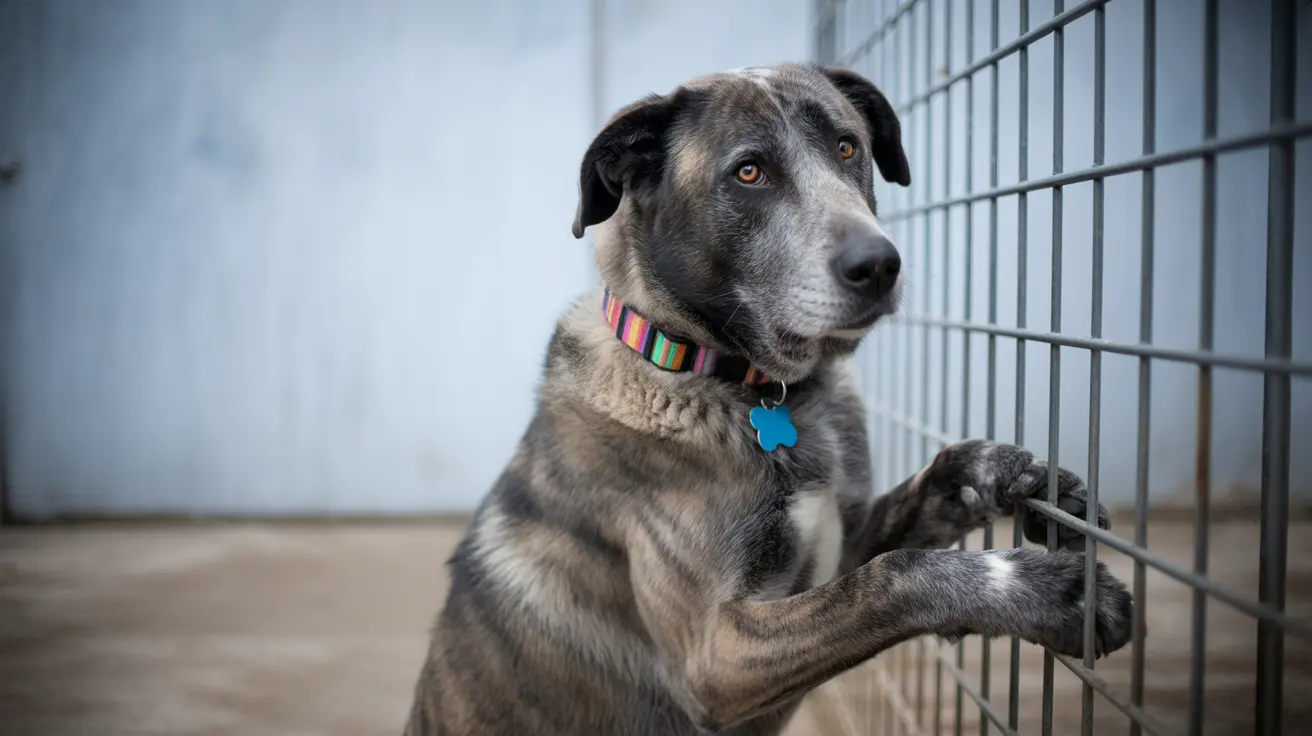The Neapolitan Mastiff: A Distinctive Guardian Breed
Origins and History
The Neapolitan Mastiff traces its roots to ancient mastiff-type dogs that once served in war, hunting, and guarding across Egypt, Persia, and the Roman Empire. Alexander the Great played a pivotal role in their development by crossing Macedonian and Indian dogs in the 4th century BC to create the Molossus—a formidable war dog. Romans later adopted these canines, refining them further into what became known as the mastino. In southern Italy, these massive dogs were bred specifically for estate guarding. The modern Neapolitan Mastiff was standardized in 1948 in Italy and gained recognition from Italian (ENCI) and international (FCI) kennel clubs soon after. The breed reached broader awareness in Europe and the USA during the late 20th century and earned American Kennel Club recognition in 2004.
Physical Characteristics
This breed stands out with its immense size and unmistakable appearance. Males typically reach 26–31 inches at the shoulder and weigh between 130–150 pounds; females are slightly smaller at 24–29 inches tall and 110–130 pounds. Their short, smooth coats come in shades of gray, black, blue, mahogany, or tawny—sometimes with brindle patterns or minimal white markings. What truly sets them apart are their loose, heavy skin; deep wrinkles; prominent jowls; and pronounced dewlap—all features developed for protection and to discourage intruders by presenting an intimidating look.
Temperament and Personality
Despite their daunting appearance, Neapolitan Mastiffs are gentle giants with their families—loyal, affectionate, and calm. They're naturally reserved or even wary around strangers but form strong bonds with those they know. Their temperament is marked by steadiness, high protectiveness, stubbornness, and unwavering devotion to their household. They're usually gentle with children within their own family but can accidentally knock over small kids due to sheer size.
- Protective: Excellent estate guardians due to their watchful nature.
- Loyal: Form deep attachments to family members.
- Stubborn: Can be strong-willed; early training is important.
- Calm: Generally low-energy adults but alert when needed.
Socialization and Behavior
Early socialization is crucial for this breed. Without it, they may become overly suspicious or dominant toward unfamiliar people or animals. They often struggle with other dogs—especially those of the same sex—but exposure from a young age helps improve tolerance. Dominance or jealousy can emerge if they're not properly socialized.
Exercise Needs
The Neapolitan Mastiff isn't a high-energy dog but does require daily walks and playtime to manage weight and prevent obesity. They're often called "couch potatoes," content to lounge around yet always ready to defend their home if necessary. Puppies are more playful but should be protected from over-exertion—running or jumping on hard surfaces can damage developing joints.
Grooming Requirements
This breed's grooming needs are moderate. Their short coat sheds seasonally; weekly brushing keeps it under control. Daily cleaning of skin folds is essential to prevent irritation or infection—those deep wrinkles trap moisture easily. Ears and eyes need regular checks and gentle cleaning as well. Don't forget routine dental care, nail trims, and basic hygiene tasks.
Health Concerns
The Neapolitan Mastiff faces several health challenges:
- Hip/elbow dysplasia: Joint malformations causing pain or arthritis.
- Bloat (GDV): Potentially fatal stomach twisting.
- Cherry eye: Prolapse of third eyelid gland.
- Skin fold dermatitis: Infections in wrinkles.
- Mange: Demodectic mites affecting hair follicles.
- Dilated cardiomyopathy: Heart disease risk.
- Hypothyroidism: Low thyroid hormone levels.
- Eye issues: Entropion, ectropion, cataracts, progressive retinal atrophy.
- Obesity-related complications
The average life expectancy ranges from seven to ten years—though attentive care can sometimes extend this slightly longer. Regular veterinary checkups, health screenings (hips/elbows/heart/eyes), parasite prevention, and a quality diet tailored for age all contribute to better long-term health outcomes.
Lifestyle Considerations
If you're considering a Neapolitan Mastiff as a companion, be prepared for some messiness—they drool heavily (and can be gassy). Many snore loudly or make other noises like wheezing or grunting. They crave human companionship: leaving them alone for long stretches may trigger separation anxiety or destructive behaviors.
This breed matures slowly—often retaining puppy-like behavior until three years old—and requires consistent obedience training using patient, positive methods. They're not ideal for first-time owners or families with small children simply because of their size and management needs. But in experienced hands—with proper training and commitment—the Neapolitan Mastiff becomes a devoted guardian and loving family member.





